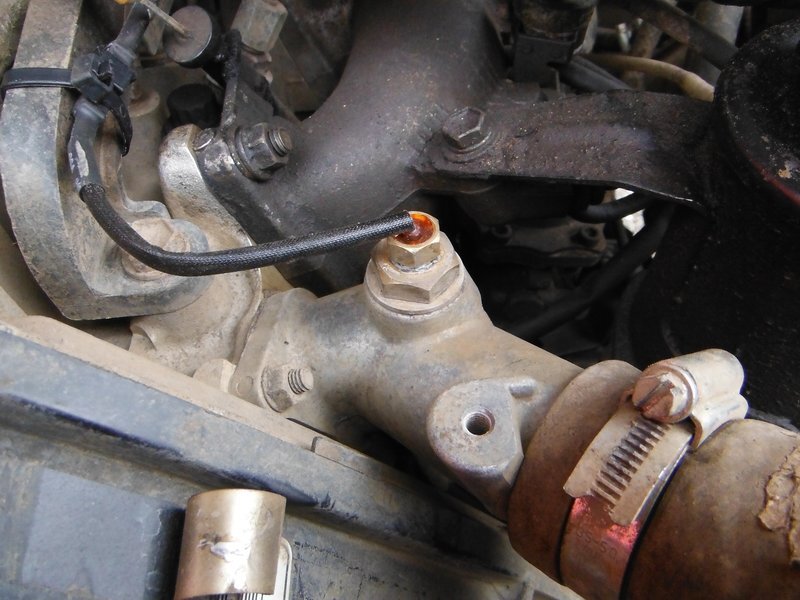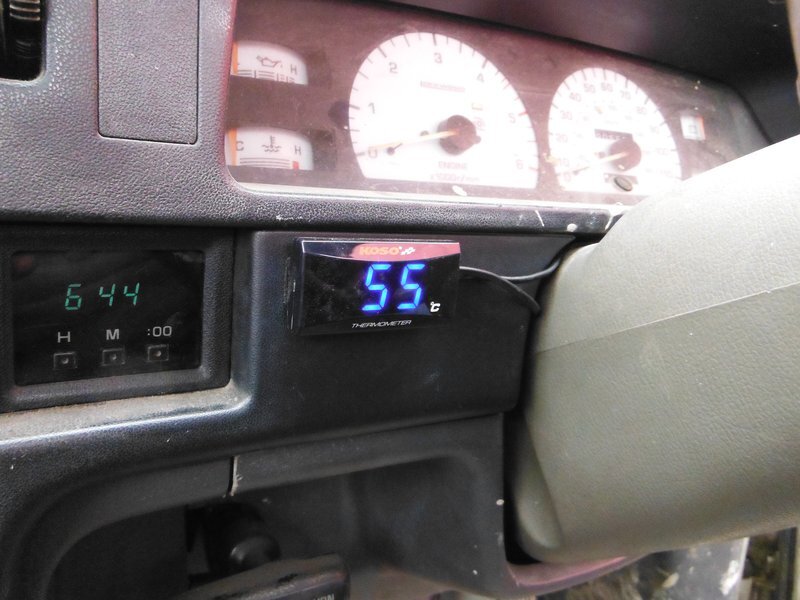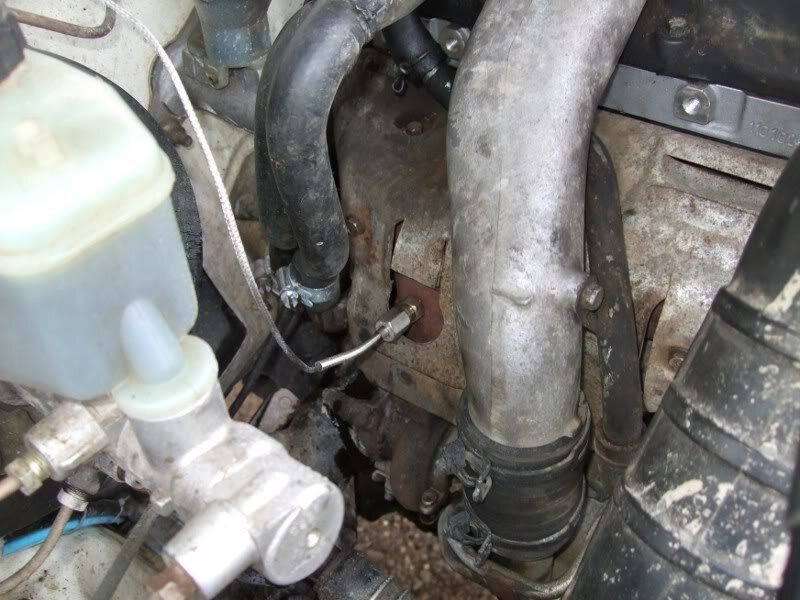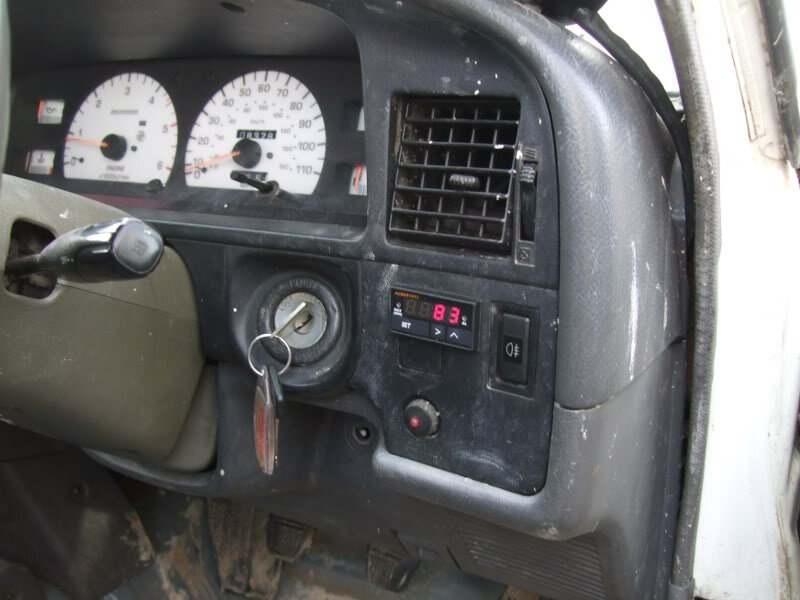Roger Fairclough
Well-Known Member
- Joined
- Dec 14, 2010
- Messages
- 1,106
I use a specific thermo switch---from memory it came from a Fourtrak---that opens at 100deg.C and closes at 95deg.C
Some years ago I worked for the Rover co. on engine testing. We would regularly carry out a "Butch" test on a new engine. The engine was set up on the rig, started up and then set at full load, 6,000 rpm. The water temp. under the stat, was raised, and held, at 110deg.C and the oil, in the sump, raised and held at 130 deg.C. The oil was a standard petroleum based 20-50. The test lasted 30 minutes, after which the engine was switched off, removed to the bench, stripped and checked for damage. The oil was tested in the lab for any contamination. The engine was then re-assembled with new shell bearings and gaskets and put back onto the test rig. The engine was then subjected to the standard running in schedule---10 hours, varying loads, varying speeds---before the standard 10 hour running schedule. We would continue this schedule until we got bored. At intervals we would carry out full power runs, blow by tests and economy checks. These tests showed that there was no measurable, consistent, difference between an engine tested in this way and an engine treated normally.
Back to my 1KZ-T engine.
With the set-up described, the only times the fan comes on is during hard "off-road" work. Steep climbs or heavy mud. The only time the gauge has registered close to the red was climbing Walna Scar, West to East, when the relay failed on the fan circuit. I stopped at the top, allowed the engine to cool and then changed the relay. If you find yourself in this situation, DON'T TURN THE ENGINE OFF, just let it run, it will only take a few minutes to cool down. If you turn the engine off, the flow of water ceases, and heat soak will create variable temp. in the head and block which can cause warping and head gasket problems.
Roger
Some years ago I worked for the Rover co. on engine testing. We would regularly carry out a "Butch" test on a new engine. The engine was set up on the rig, started up and then set at full load, 6,000 rpm. The water temp. under the stat, was raised, and held, at 110deg.C and the oil, in the sump, raised and held at 130 deg.C. The oil was a standard petroleum based 20-50. The test lasted 30 minutes, after which the engine was switched off, removed to the bench, stripped and checked for damage. The oil was tested in the lab for any contamination. The engine was then re-assembled with new shell bearings and gaskets and put back onto the test rig. The engine was then subjected to the standard running in schedule---10 hours, varying loads, varying speeds---before the standard 10 hour running schedule. We would continue this schedule until we got bored. At intervals we would carry out full power runs, blow by tests and economy checks. These tests showed that there was no measurable, consistent, difference between an engine tested in this way and an engine treated normally.
Back to my 1KZ-T engine.
With the set-up described, the only times the fan comes on is during hard "off-road" work. Steep climbs or heavy mud. The only time the gauge has registered close to the red was climbing Walna Scar, West to East, when the relay failed on the fan circuit. I stopped at the top, allowed the engine to cool and then changed the relay. If you find yourself in this situation, DON'T TURN THE ENGINE OFF, just let it run, it will only take a few minutes to cool down. If you turn the engine off, the flow of water ceases, and heat soak will create variable temp. in the head and block which can cause warping and head gasket problems.
Roger


 .
.





